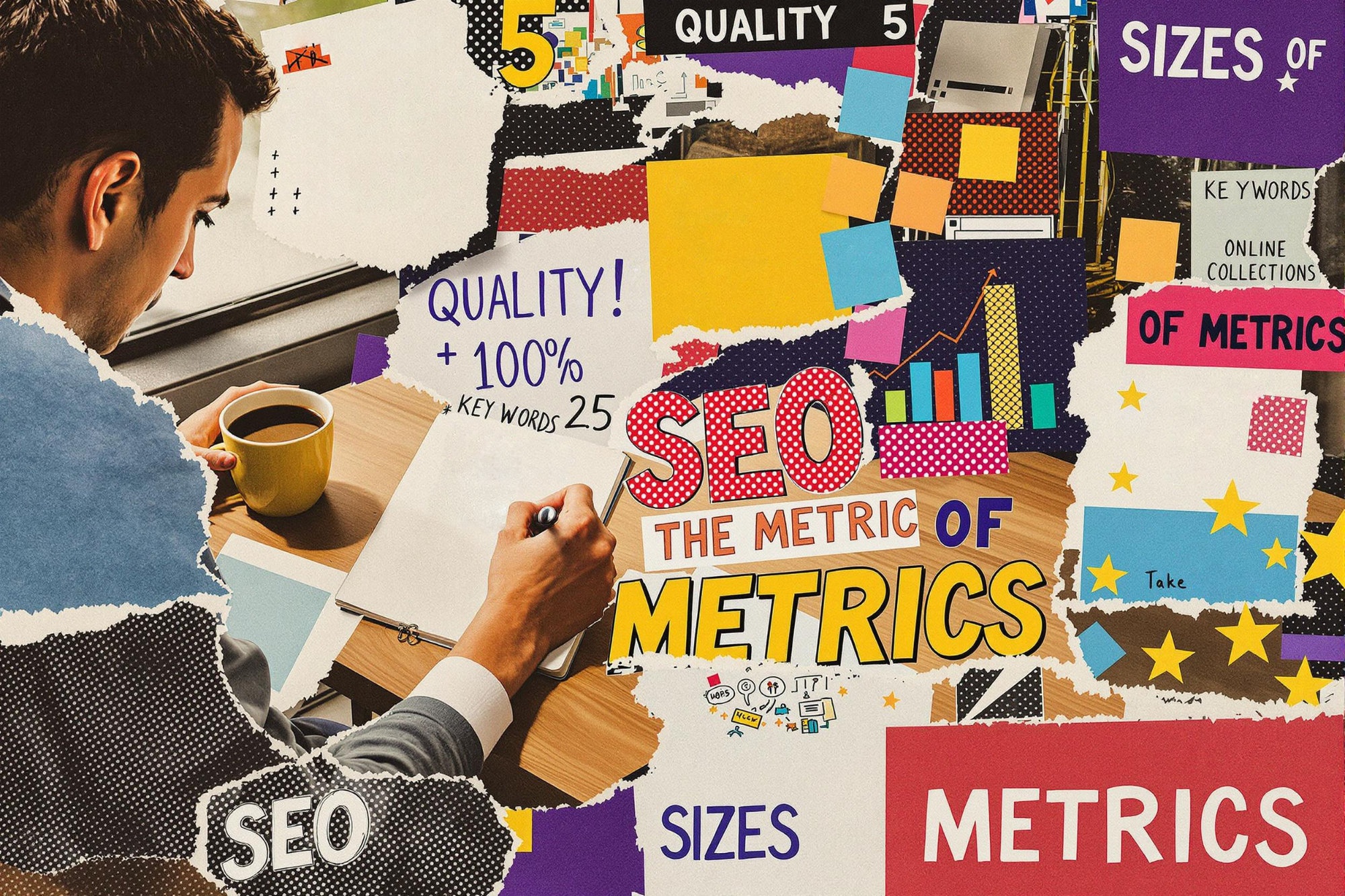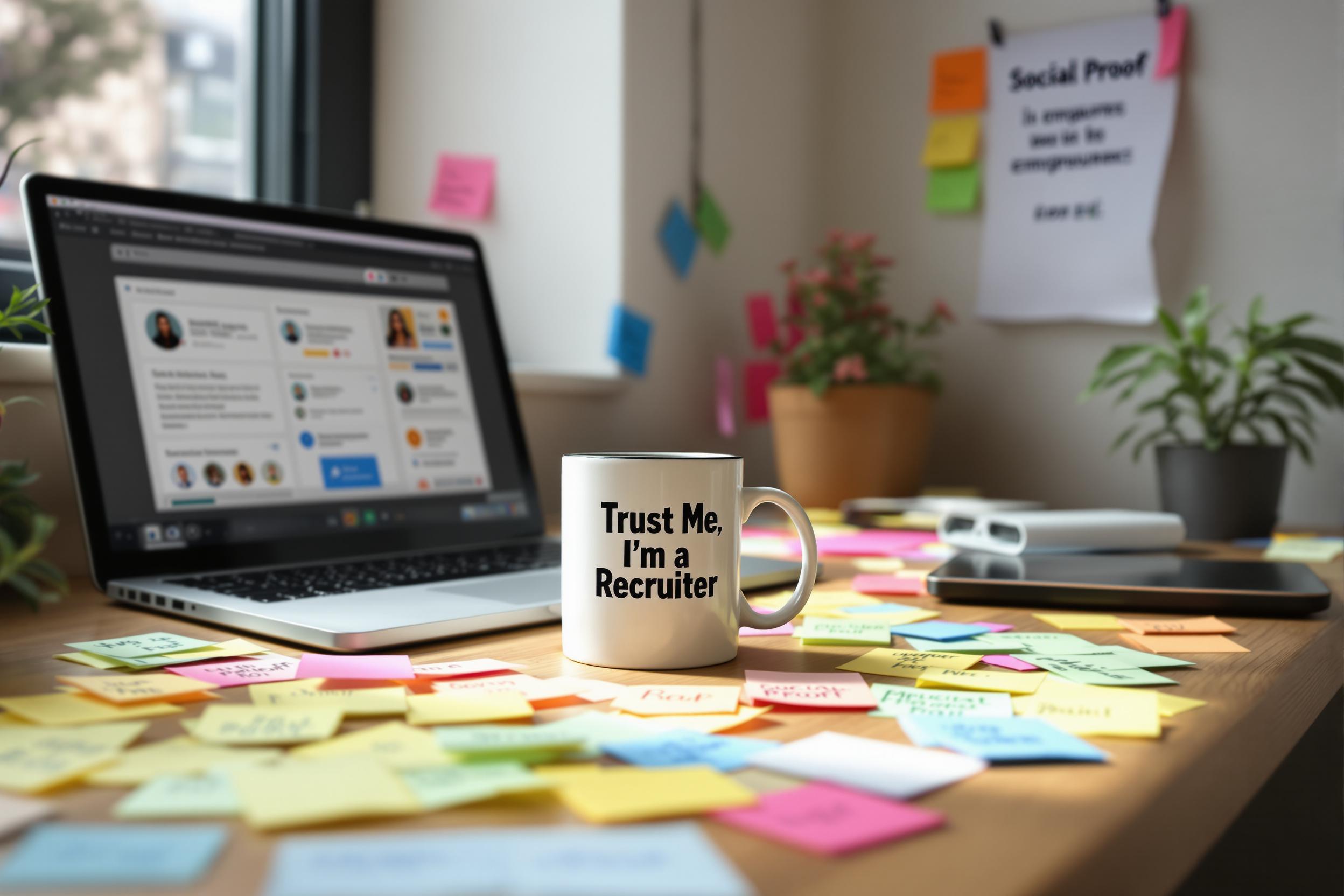
Brand Safety
Brand Safety is a practice in advertising that ensures ads don't appear next to inappropriate or harmful content that could damage a brand's reputation. Think of it as making sure a family-friendly company's ad doesn't show up next to violent videos or controversial content online. This has become increasingly important as more advertising moves to the internet, where content isn't as controlled as traditional TV or print media. Professionals who work in Brand Safety help protect companies' reputations by choosing where their ads appear and monitoring their online presence.
Examples in Resumes
Implemented Brand Safety measures that reduced inappropriate ad placements by 95%
Led Brand Safety and fraud prevention initiatives for major retail clients
Developed Brand Safety guidelines and best practices for agency's digital advertising campaigns
Typical job title: "Brand Safety Specialists"
Also try searching for:
Where to Find Brand Safety Specialists
Industry Organizations
Professional Networks
Job Resources
Example Interview Questions
Senior Level Questions
Q: How would you develop a brand safety strategy for a conservative client entering social media advertising?
Expected Answer: The answer should cover creating comprehensive guidelines, implementing multiple safety tools, setting up monitoring systems, and having clear escalation procedures for any issues that arise. They should mention working with various teams and stakeholders.
Q: How do you measure the success of brand safety initiatives?
Expected Answer: Should discuss metrics like reduction in inappropriate placements, brand reputation scores, cost savings from prevented issues, and maintaining advertising effectiveness while ensuring safety.
Mid Level Questions
Q: What tools and technologies do you use to ensure brand safety?
Expected Answer: Should mention common verification tools, content monitoring platforms, and blacklist/whitelist management, explaining how each helps protect brands in simple terms.
Q: How do you handle a brand safety crisis when it occurs?
Expected Answer: Should outline crisis management steps: quick identification, immediate action to stop problematic placements, stakeholder communication, and implementing preventive measures for the future.
Junior Level Questions
Q: What is brand safety and why is it important?
Expected Answer: Should explain how brand safety protects company reputation by ensuring ads appear in appropriate contexts, with basic examples of what could go wrong without proper safety measures.
Q: What are common brand safety risks in digital advertising?
Expected Answer: Should identify basic risks like inappropriate content, fake news sites, controversial topics, and explain why these are problematic for advertisers.
Experience Level Indicators
Junior (0-2 years)
- Basic understanding of digital advertising platforms
- Monitoring ad placements
- Using brand safety tools
- Understanding content categorization
Mid (2-5 years)
- Managing brand safety tools and platforms
- Creating safety guidelines
- Handling safety incidents
- Coordinating with media buying teams
Senior (5+ years)
- Developing comprehensive safety strategies
- Leading crisis management
- Building safety processes and procedures
- Training teams on brand safety
Red Flags to Watch For
- No knowledge of major ad verification tools
- Unfamiliar with digital advertising basics
- Lack of experience with crisis management
- No understanding of content categorization
- Unable to explain real-world brand safety examples
Related Terms
Need more hiring wisdom? Check these out...

Employer Branding: Your Secret Weapon to Attract Top Talent in 2025

When Your Team Sells You Better Than Marketing Ever Could: The Power of Employee Advocacy

Career Site SEO: Unlock Ridiculous Visibility and Attract Rockstar Candidates

